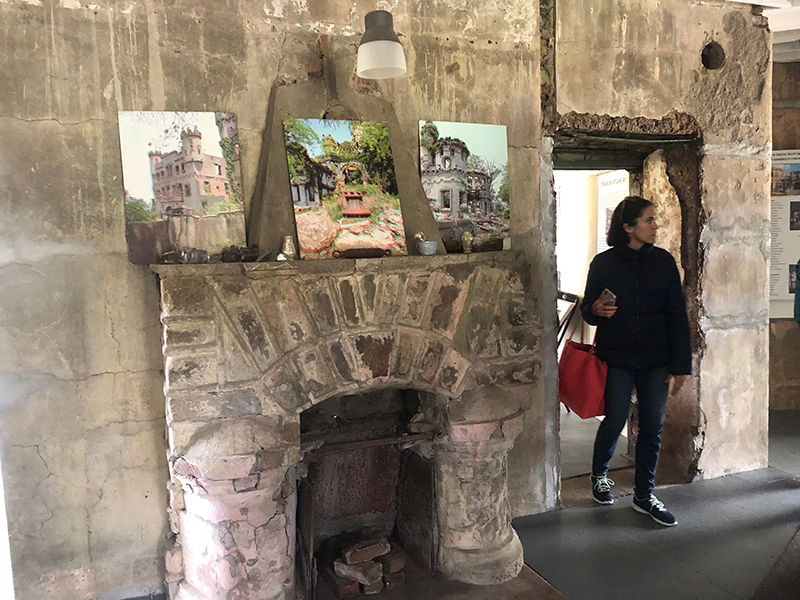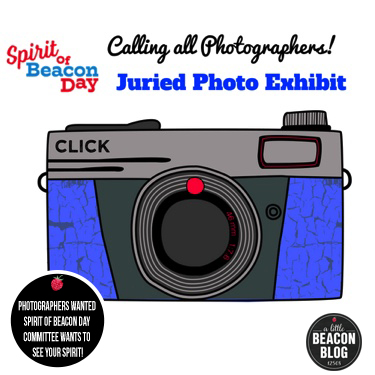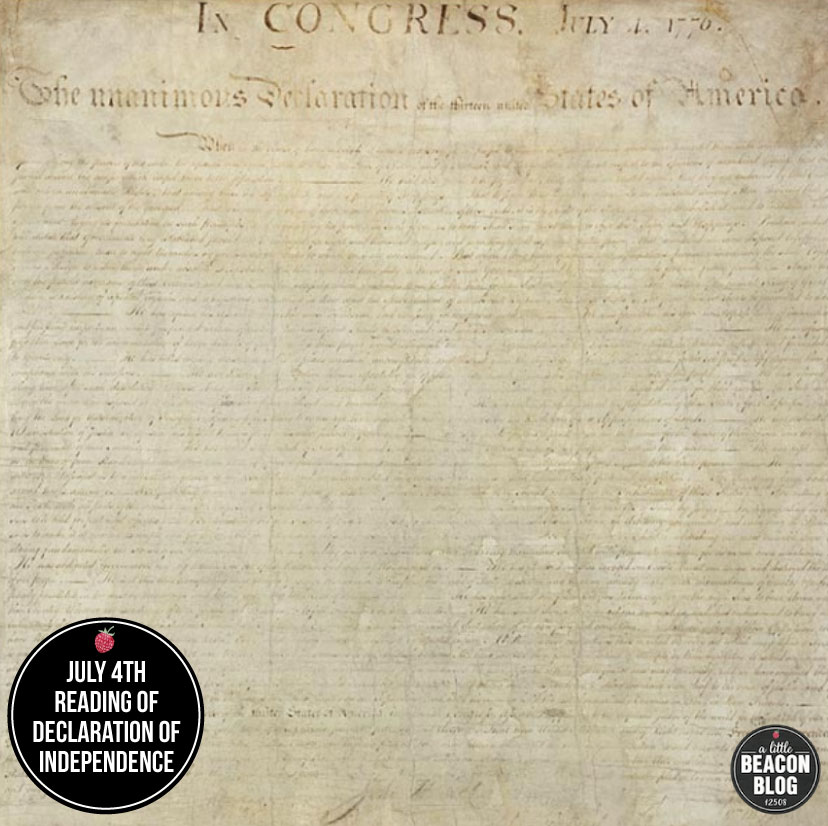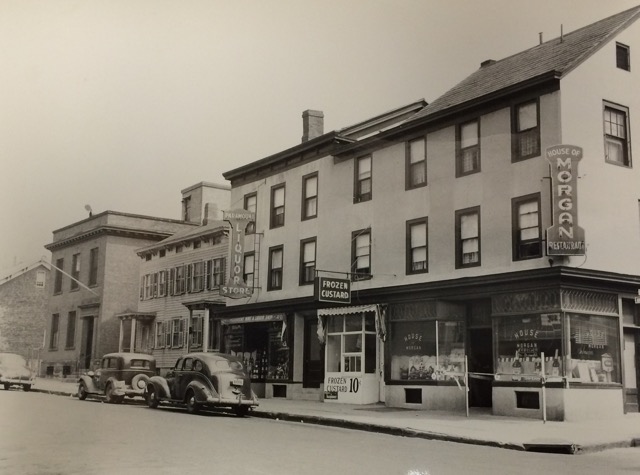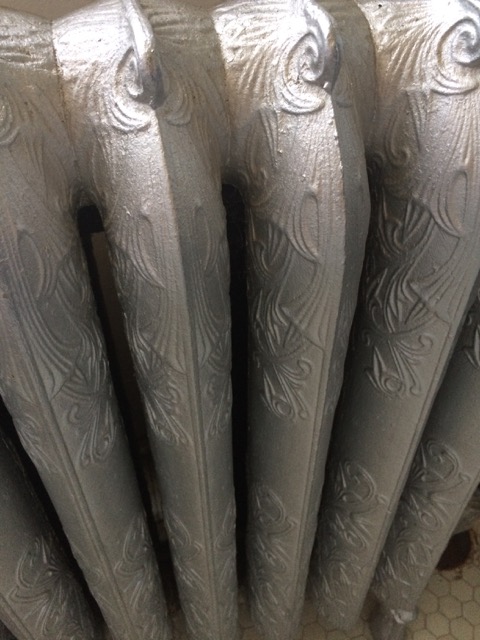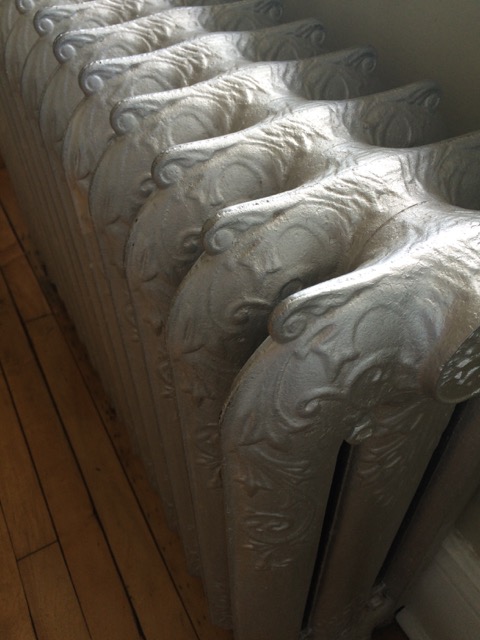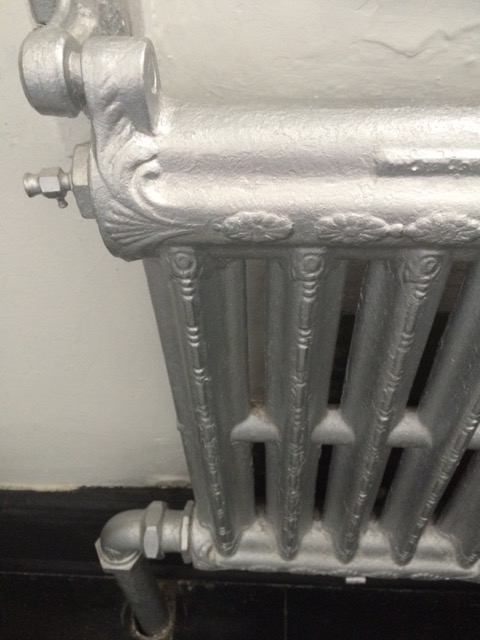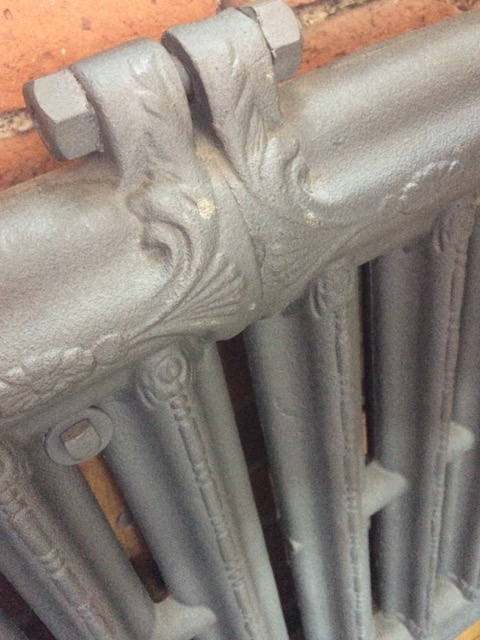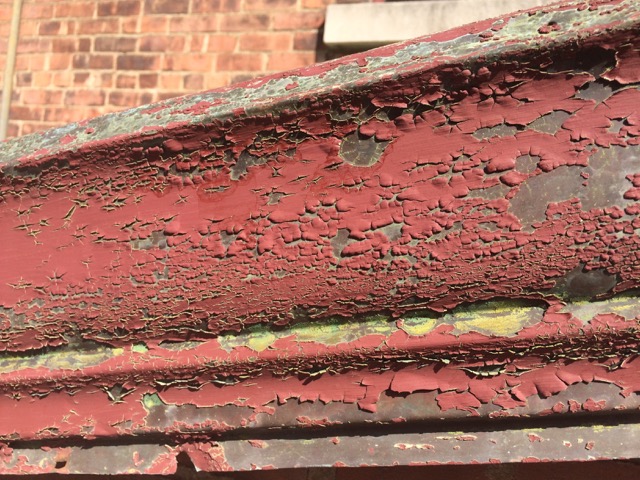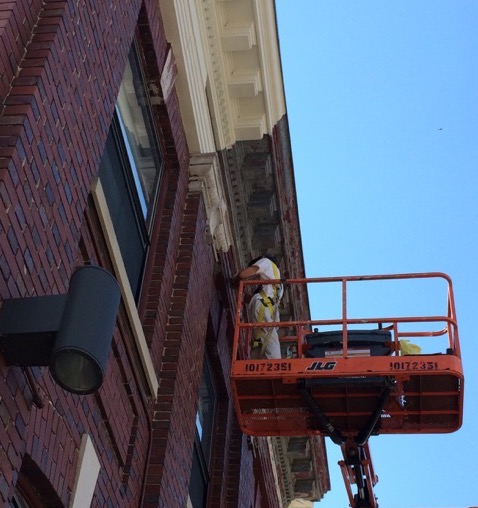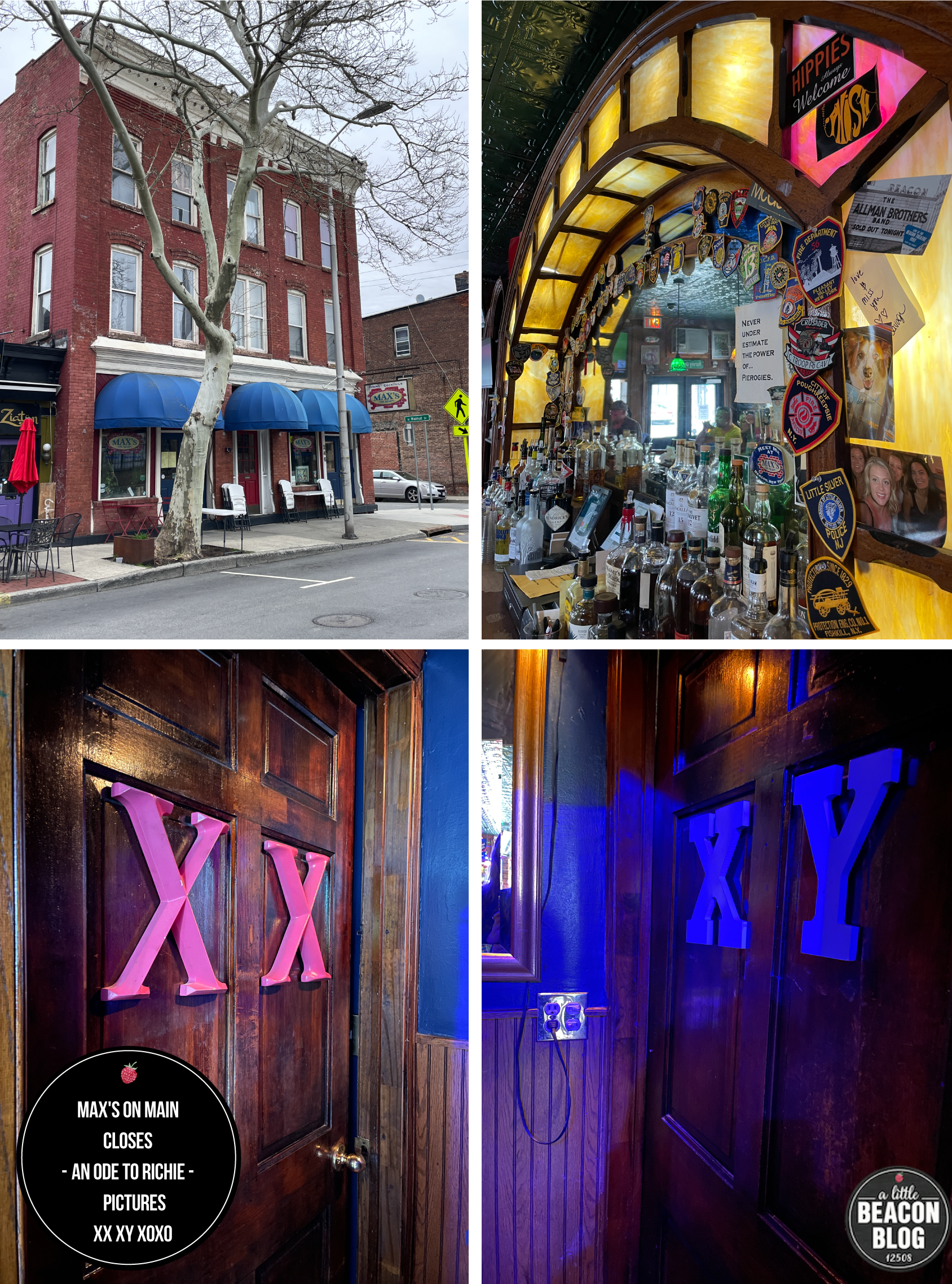35 Homes and Buildings Considered For Historic Designation In Beacon
/As the City of Beacon Works to define and clarify its zoning to standards that work for today’s community, one zoning tool includes working with and around historic buildings. The project of identifying properties that would be warrent historic designation was an active project in the administration prior to this, under Mayor Randy Casale when he and now Mayor Lee Kyriacou, would walk Beacon’s streets together to identify properties. Since then, 35 homes and commercial buildings were identified as having met a certain set of criteria that would qualify a local historic designation.
[UPDATE: The properties were presented in a Public Hearing, and several property owners came out to protest their homes and buildings having the historic designation.]
Implications For Neighboring, Non-Historic Buildings
ALBB asked Beacon’s City Planner, John Clark, about the implications for homes or buildings located next door to or nearby a home or building that has been designated historic by the City of Beacon. He answered: “Positive implications for neighboring properties include that the character of adjacent historic structures will be protected and that any alteration or new construction in the Historic District and Landmark Overlay (HDLO) must be compatible with surrounding historic properties and the neighborhood, consistent with the standards in Section 134-7.”
“The only direct implications for neighboring properties is in the Central Main Street district, where any Special Permit request for a 4th story on a parcel abutting a property in the HDLO zone must be approved by the City Council, not the Planning Board. The Council may reduce a permitted building height to be no more than six feet higher than an existing building on an adjoining HDLO parcel for a distance of 30 feet along the frontage from the historic structure (see 223-41.18 E(7)).”
“The Council is also currently considering changes to the CMS district to extend the above Special Permit requirements for both 4th stories and corner towers to properties directly across the street from an HDLO parcel.”
What Are The Criteria?
According to the Historic District and Landmark Overlay Zone (HDLO) proposal, the properties must meet a certain set of criteria. Proposed nominations are subject to the criteria in the Historic Preservation Chapter, Section 134-4 B Designation of landmarks or historic districts:
Distinguishing architectural characteristics of period or style;
Special value as part of the cultural or social history of the community;
Eligible for State or National Register of Historic Places
Looking for an example, ALBB asked John Clark about the recognizable yellow house with the tower on Mattie Cooper by the Springfield Baptist Church that is not in a historic district. ALBB asked John to explain how that house, if designated historic, would conform to new zoning, if it was “spot-zoning,” and it the property would get additional usage rights, like being able to operate as bed and breakfast.
John’s answer: “If a parcel, like the house with the tower, was to be designated as a historic building, it would have to comply with the standards of two zones - the underlying district and the Historic District and Landmark Overlay (HDLO) zone. The HDLO overlay zone is not spot zoning. It just adds an extra layer of protections and requirements for multiple parcels across the City for a legally enabled public purpose.”
“Under Zoning Section 223-24.7, an HDLO parcel is allowed additional uses if granted a Special Permit by the City Council. Uses, with certain size limitations, include an artist studio, antique shop, restaurant, bed and breakfast, professional office, multifamily residential, and artist live/work space.”
Why The Desire To Designate These Buildings Now?
During the building boom, Beaconites grew uncomfortable with buildings that were growing taller - to 4 floors. The lightening rod of a building was 344 Main Street, which for a variety of reasons that were noted mistakes for the City, zoning changes became a priority of Mayor Kyriacou (then City Council Member). Mayor Kyriacou is also a property owner of residential and commercial property in Beacon, some of which is already in a Historic zone, and his wife is a realtor.
4 Cross St.
- 2-story brick building
- Arched brick lintels
- Stone sills
- Two bricked-in windows
- Newer windows
- Green
11 Digger Phelps Ct.
- Wood frame building
- Original Porch
- Scalloped details
- Newer windows
- Green
9 Mattie Cooper Sq.
- Wood Frame building
- Original porch
- Bay windows
- Replacement vinyl siding
- Newer windows
- Green
11 North Elm St.
- Wood frame building
- Intact Arts & Crafts house
- Chain link fencing
- Green
4 North Elm St.
- Brick and stucco building
- Intact Second Empire
- Green
27 Church St.
- Wood frame building
- Wraparound porch
- Replacement asbestos siding
- Newer windows
- Green
232 Main St.
- 3-story brick building
- Bracketed cornice
- Historic-quality storefront
- Red
250 Main St.
- 3-story brick building
- Bracketed cornice
- Arched brick lintels
- Historic-quality storefront
- Bricked-up side windows
- Red
257 Main St.
- 2-story brick building
- Brick projecting cornice
- Stone sills
- Historic-quality storefronts
- Green
274 Main St.
- 3-story brick building
- Bracketed cornice
- Stone sills and lintels
- Side bay window
- Non-historic storefront
- Green
159 Fishkill Ave.
- Wood frame building
- Complex roof, arched dormers
- Corner bay, bracketed cornice
- Elaborately ornamented porch
- Red
189 Fishkill Ave.
- Wood frame building
- Front bay window
- Birthplace of James Forrestal, Sec. of Navy and Defense
- Loss of all original details
- Replacement vinyl siding
- Green
194 Fishkill Ave.
- Wood frame building
- Multiple porches
- Replacement vinyl siding
- Newer windows
- Green
19 Commerce St.
- Wood frame building
- Decorated verge board
- Detailed front porch
- Side bay window
- Asphalt and vinyl siding
- Green
11 Commerce St.
- 2-story brick building
- Wide frieze cornice
- Stone lintels and sills
- Side bay window
- Porch looks newer
- Green
26 South Ave.
- Wood frame building
- Elaborate verge board
- Front bay window
- Detailed wraparound porch
- Replacement vinyl siding
- Frontage chain link fence
- Green
30 South Ave.
- 2-story building
- Bracketed cornices
- South bay window
- Newer side addition
- Frontage chain link fence
- Green


















































